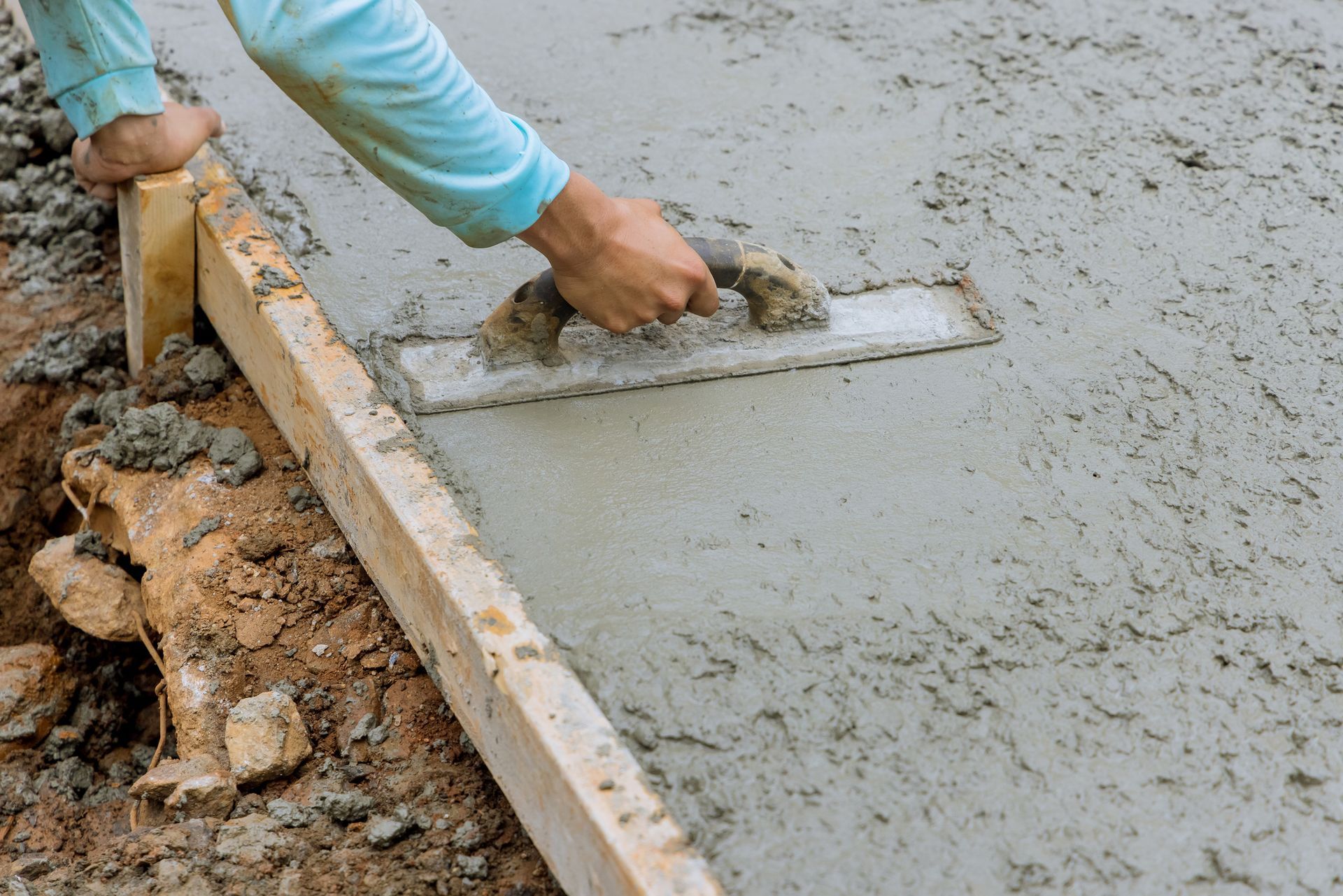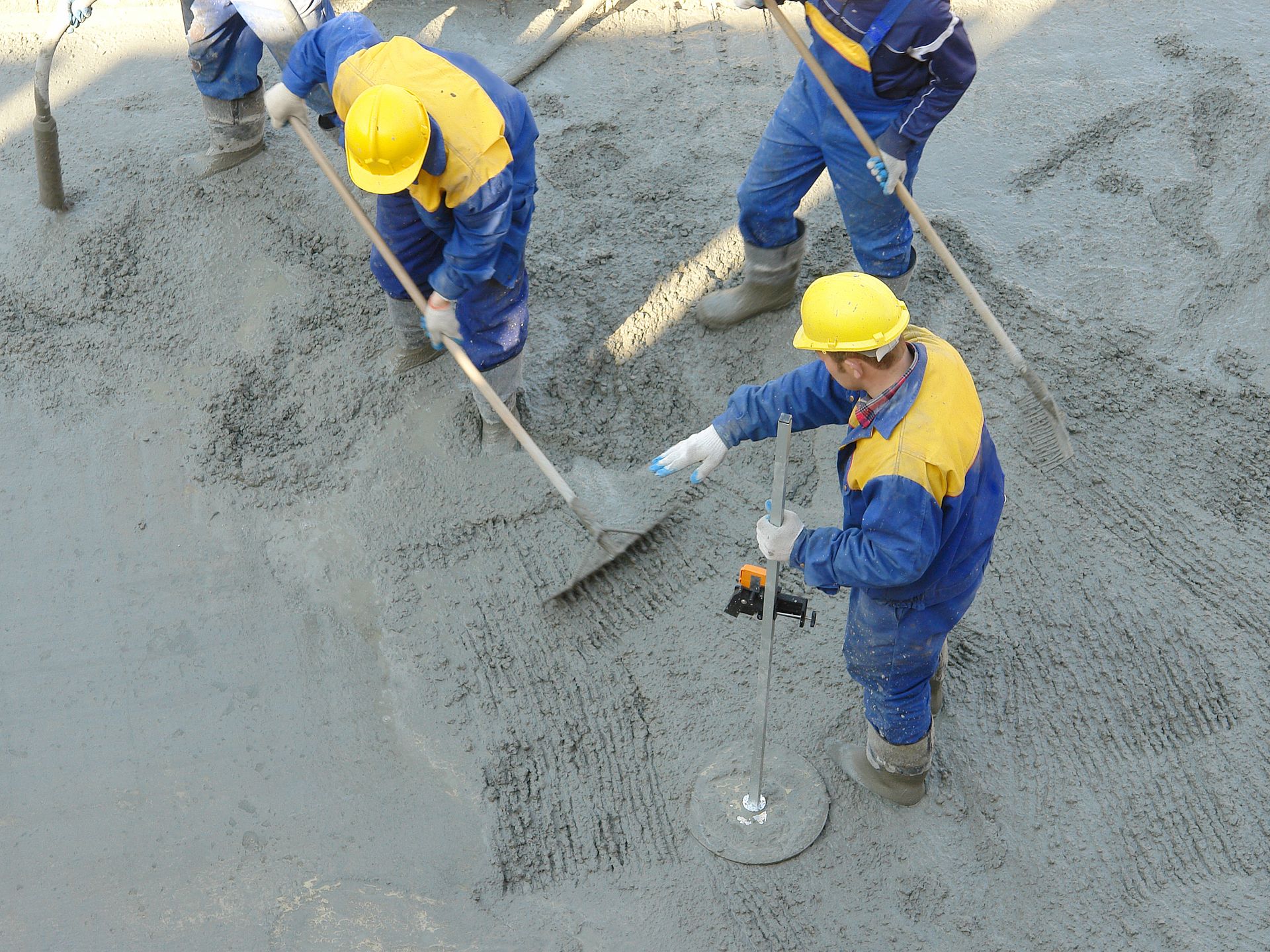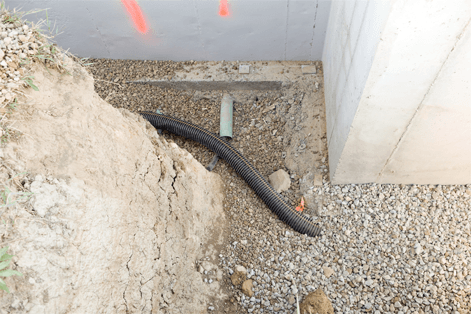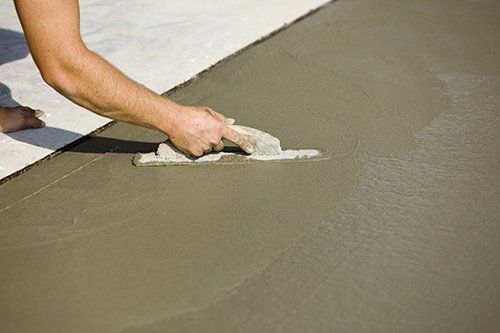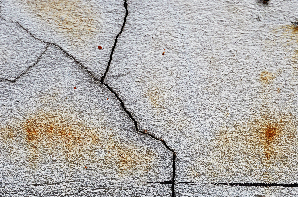6 ADVANTAGES OF CONCRETE SEPTIC TANKS
Southport Concrete Corp. • July 20, 2018
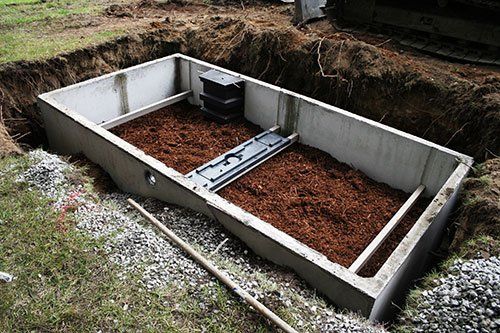
As a homeowner, you may not often think of your septic tank. Most of the time, your tank stays out of sight below ground. However, when you find out that you need a septic tank replacement, you suddenly have to think about this unpleasant but completely essential household waste disposal unit.
In this blog, we discuss the basics of septic tank materials and list six advantages of concrete septic tanks
over other varieties.
COMMON SEPTIC TANK MATERIALS
Local septic systems have previously been created using brick or stone. However, these systems, called cesspools, were not watertight and could not contain both the wash water and the wastewater from a household.
Modern septic tanks are made out of either industrial plastic or precast concrete. Some tanks are also made of fiberglass, though this material is uncommon in the United States. Because plastic tanks have a lower initial cost, many homeowners choose this tank type without truly comparing it to concrete.
This impulse to spend less money right away can mean more repairs in the long run, especially if the plastic tank in question is of lower quality.
ADVANTAGES OF CONCRETE OVER OTHER MATERIALS
Both types of septic tank can work well, but each material has its own advantages and drawbacks. Septic system experts typically recommend concrete tanks due to the following six advantages.
1. COMPLIANCE WITH ALL BUILDING REGULATIONS
In the United States, all buildings that are compatible with a local septic system can have a concrete tank. Other tank materials are restricted in some areas. For example, a plastic tank may not be allowed within specific proximity of groundwater due to the risk of floatation and contamination.
Because concrete tanks comply with all building regulations, regardless of region, the permit application for placing a new or replacement tank is often simpler.
2. INHERENT WATERTIGHTNESS
Concrete is inherently watertight, whereas plastic and fiberglass must undergo extra processes in order to hold water. The natural watertightness of concrete reduces the risk of leaks during the life of the tank.
3. HIGHER EFFLUENT CAPACITY
The wastewater and sludge contained in a septic tank, known as effluent, is intended to decompose over time. If the tank fills up too quickly, the tank must be pumped. Because concrete septic tanks are larger, homeowners with these tanks are less likely to need pumping.
4. LONG LIFE EXPECTANCY
Concrete septic tanks can easily last for decades. Plastic tanks can last for long enough to be a temporary investment but will likely need to be replaced in the near future.
5. LOW-RISK INSTALLATION PROCESS
Because plastic septic tanks are less durable than concrete, these tanks can become damaged by the machinery used for transportation and installation. This damage could incur immediate costs, like the expense of replacement, as well as future costs if the damage encourages leaking.
Concrete, on the other hand, is almost never damaged during the installation process and may only become susceptible to cracking under extreme circumstances, such as exposure to heavy-duty corrosive chemicals.
6. NO RISK OF TANK COLLAPSE DURING PUMPING
As mentioned, plastic septic tanks are more likely to require pumping at some point. However, plastic septic tanks are also vulnerable to collapse during pumping. This collapse can require full replacement of the tank.
Concrete tanks do not collapse, even if they must be pumped multiple times.
When you need a replacement septic tank, consider a concrete model in order to reap the benefits listed above. If you still feel undecided, discuss your options with a reputable septic system expert to make the best decision for your property.
Need a new septic tank? Work with Southport Concrete Corp. We offer high-quality concrete septic tanks to both residential and commercial clients.
